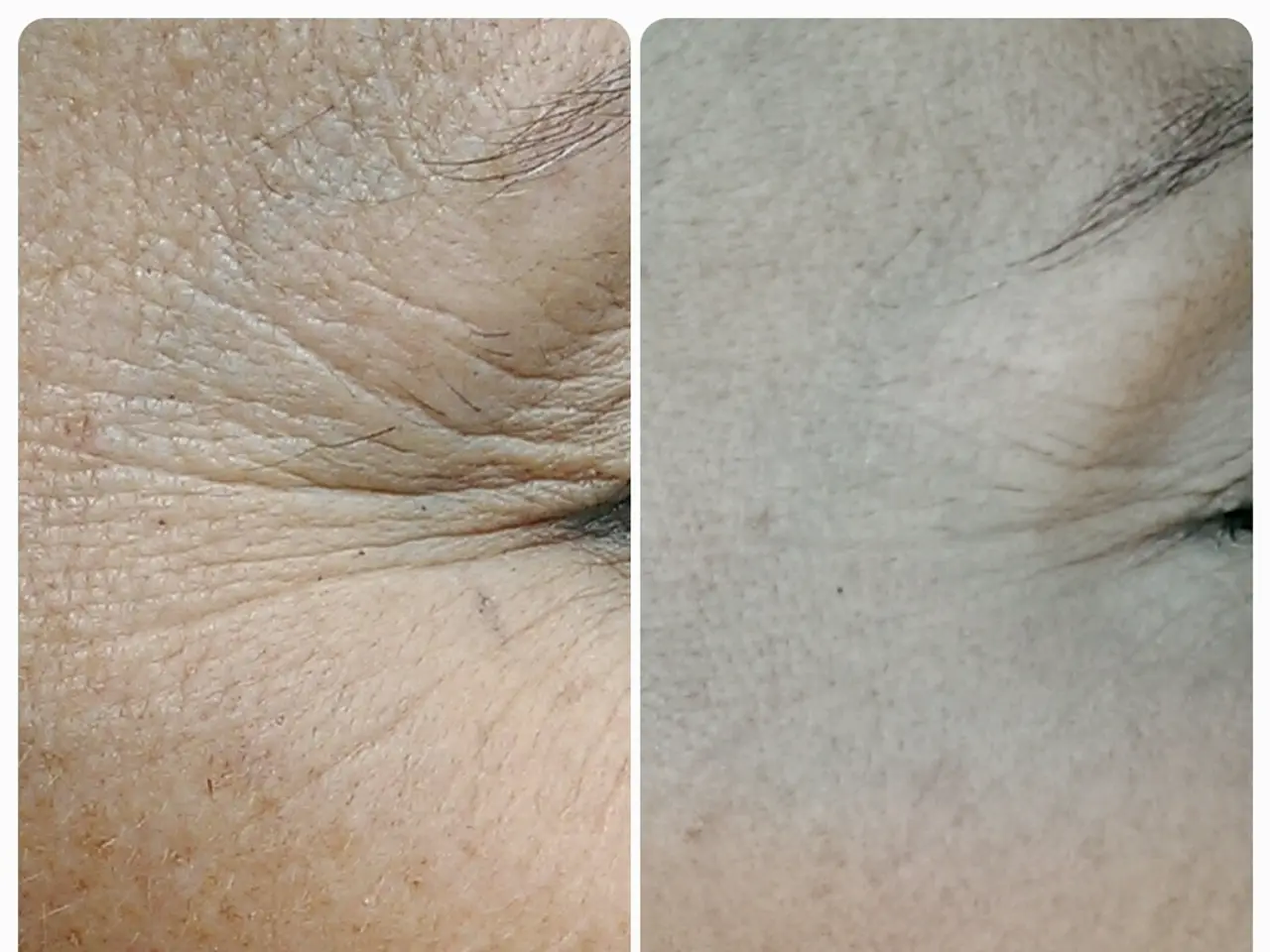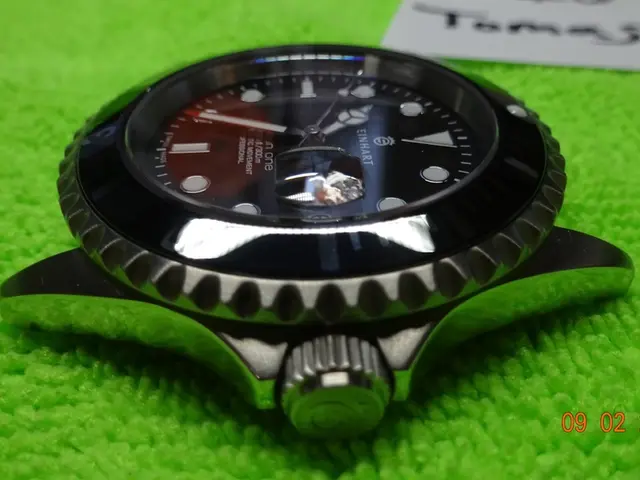Acne scar treatment through plastic surgery: Is it effective?
Dermatologists have developed a comprehensive approach to address raised acne scars, combining surgical removal with a variety of complementary treatments. This method, which is based on current expert consensus, aims to maximize aesthetic results and prevent recurrence.
Initial Steps
The most effective initial treatments for raised acne scars, as recommended by dermatologists, include a combination of steroid injections and silicone therapy. Steroid injections, such as those containing corticosteroids, help reduce inflammation, flatten scars, and alleviate symptoms like itching or sensitivity. Silicone gels and sheets, when used early in the healing or post-surgical phase, can soften and flatten raised scars.
Complementary Treatments
Laser therapy is a cornerstone complementary treatment for improving scar texture, colour, and thickness. Dermatologists employ various types of lasers depending on scar characteristics. Ablative lasers, such as CO2 and Erbium, resurface the skin to stimulate collagen remodeling, effectively addressing thick or stiff scars. Non-ablative lasers, like Fraxel, stimulate collagen beneath the surface with minimal downtime, making them suitable for moderate scars. Vascular lasers, like pulsed dye laser, reduce redness in hypertrophic scars.
Microneedling promotes collagen production by inducing controlled micro-injuries, improving scar texture and firmness in combination with surgery. Chemical peels with acids like glycolic or salicylic acid help improve skin texture and reduce scar visibility, serving as an adjunct post-operatively.
Post-Surgery Care
Massage therapy post-surgery can help remodel scar tissue mechanically by breaking down excess collagen and improving blood flow without causing pain. In surgical scar revision itself, dermatologists use advanced closure techniques—tension-reducing sutures and careful wound management—to promote optimal healing and minimize new scar formation.
For very thick or fibrous scars, subcision (breaking scar bands under the skin) can complement surgical excision to improve contour.
Customized Treatment Plans
The exact protocol is customized to scar type, skin characteristics, and healing stage. For raised scars, complementary treatments with surgery may involve injections or radiation. Injections may contain fluorouracil, corticosteroids, or interferon. For indented scars, a doctor may lift the scar closer to the skin surface or use punch techniques to remove, elevate, or replace the scar tissue with a skin graft.
Approved Treatments
The Food and Drug Administration (FDA) has approved a dermatological filler - Bellafill - for acne scars in people over 21 years. This filler is injected beneath the skin to elevate indented scars.
Newer Procedures
Skin tightening is a newer, more affordable procedure that uses radiofrequency to tighten the skin and make raised scars less visible. Chemical peels can help improve the appearance of depressed acne scars by causing the outermost skin layer to peel and stimulate new skin growth.
Limitations
It's important to note that acne scar removal creams can help decrease discomfort and itchiness, as well as fade, flatten, or shrink raised scars, but long-term use may irritate the skin. Microneedling is not suitable for treating icepick scars. Acne scar removal creams are not likely to remove a raised scar completely.
Nonsurgical treatments for acne scars include injections, subcision, dermal fillers, and laser resurfacing. Dermal fillers are substances injected beneath the skin to elevate indented scars, with common fillers including polymethyl-methacrylate, hyaluronic acid, poly-L-lactic acid, calcium hydroxyapatite, and a person's own fat.
The American Academy of Dermatology Association (AADA) states that surgery can improve the appearance of both raised and indented acne scars. Acne laser treatment can produce noticeable results for some individuals, but the more intensive types require a longer recovery period. Cryotherapy uses freezing to reduce the appearance of certain raised scars.
In summary, this multi-modal approach reflects current expert consensus on achieving the best outcome after surgical acne scar removal. It targets inflammation, collagen remodeling, texture, and pigment to maximize aesthetic results and prevent recurrence. The choice of treatment depends on the type of scars someone has, along with other considerations, such as costs and recovery time. Treatment for acne scars should commence after resolving the active acne infection to avoid skin irritation and potential flare-ups.
In the realm of health-and-wellness and skin-care, addressing medical-conditions such as acne scars involves a combination of surgical removal techniques with various complementary treatments. These include nutrition, as a balanced diet supports overall skin health, helping to prevent acne and promote healing. Silicone therapy, like gels and sheets, is recommended early in the healing or post-surgical phase to soften and flatten raised scars. Additionally, a customized treatment plan may incorporate numerous approaches, such as steroid injections, laser therapy, microneedling, chemical peels, massage therapy, and dermal fillers, to effectively address different scar types and skin characteristics.




